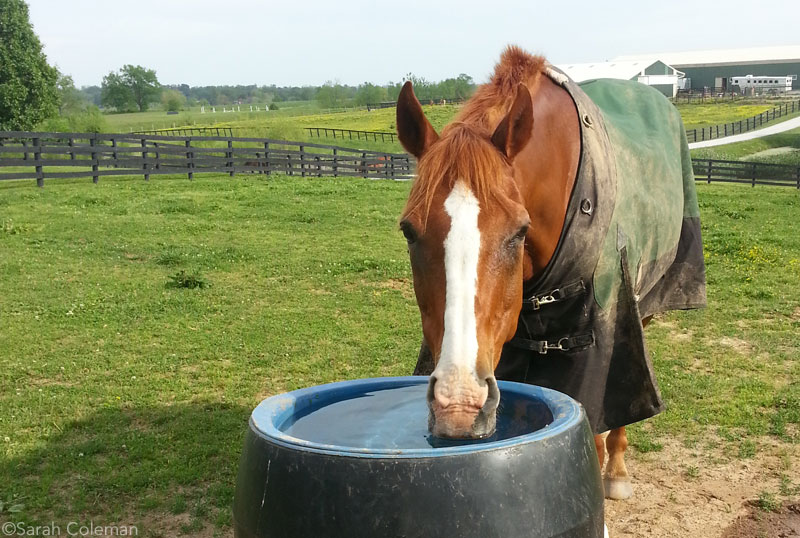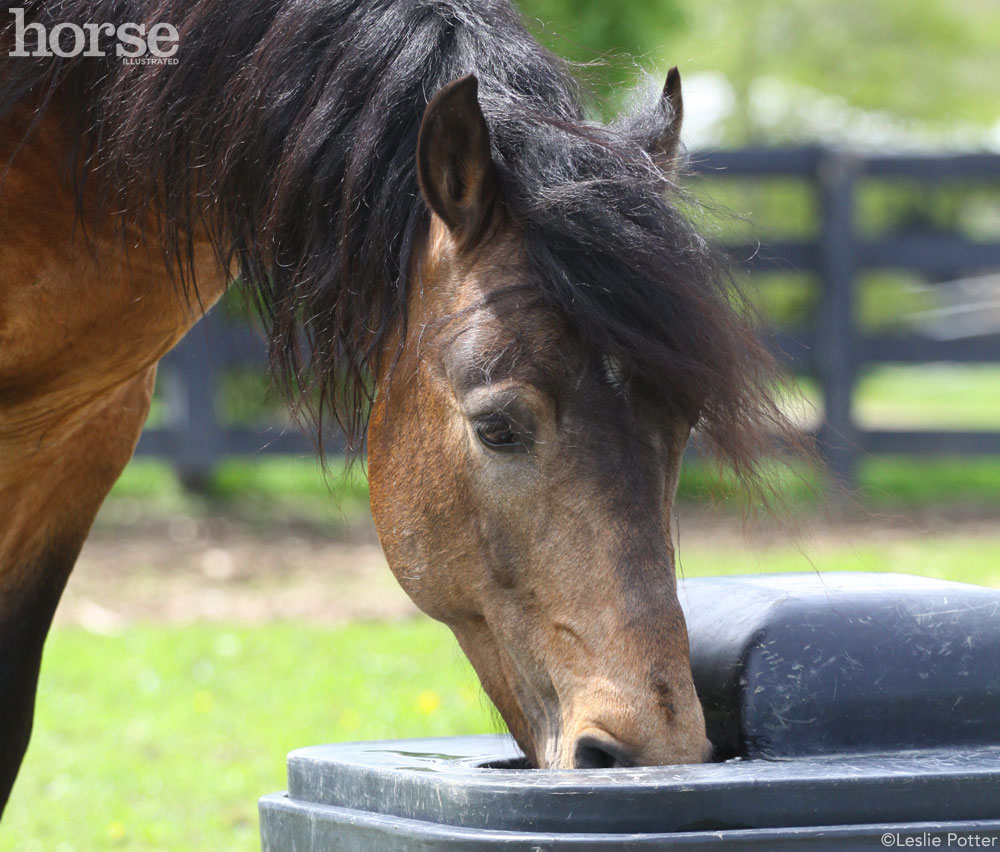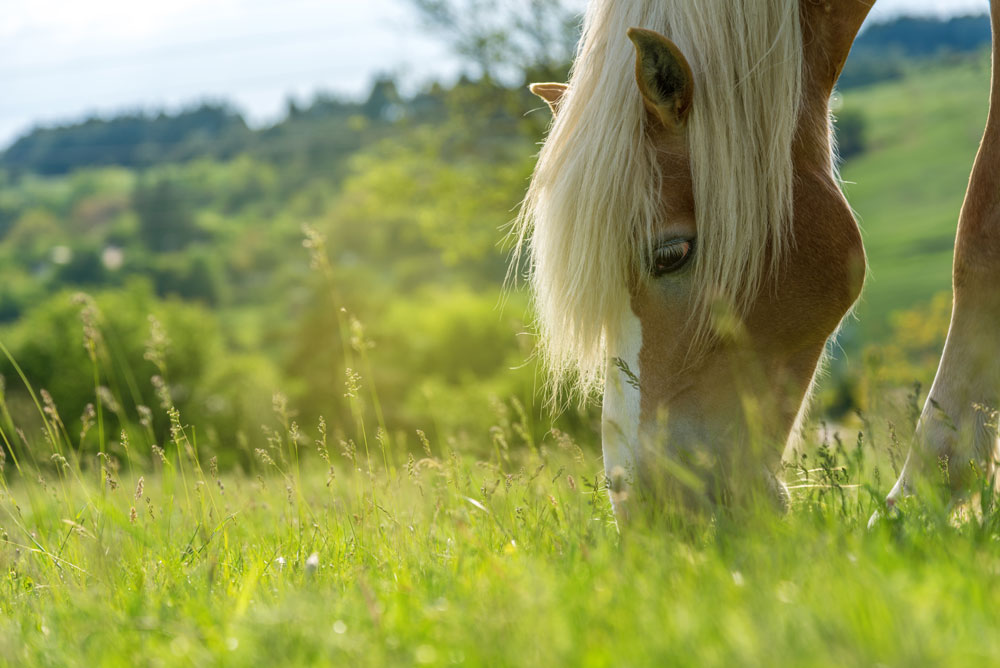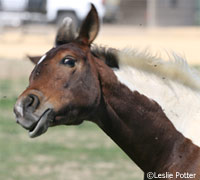
Equine hydration is always a concern, but it is critically important during times of stress, such as while traveling, after exercise or amid extremely hot and humid weather.
How Much Water Does a Horse Drink in a Day?
The average 1,000-pound horse will drink between 5 and 10 gallons (or more) of water a day, though daily water consumption can vary quite a bit depending on the season, diet, work load and reproductive state (mares with foals at their side consume considerably more water).
Your horse will need more water in hot weather, even if he isn’t in heavy work. If you add exercise, trailering and humidity to the equation, his water requirements will increase even more.
Managing Horse Hydration
There are a few management techniques you should consider to ensure your horse is drinking enough to keep him adequately hydrated:
- Keep your horse’s water source out of direct sunlight. Horses prefer water that is about 50 degrees F, so be sure your tank isn’t in the middle of a large, open field where the water is exposed to direct sun most of the day.
- Make sure water containers are clean. Large stock tanks should have the water changed every three days at a minimum and should be cleaned at least once per week. Change the water in buckets at least once daily and scrub them every week.
- Consider adding salt to your horse’s feed to encourage him to consume more water

After exercise or a long trailer ride:
- Offer your horse sips from a five-gallon bucket of water that has had one ounce of table salt added. This will encourage him to drink additional amounts of plain water in the next 20 to 30 minutes.
- Make sure the first few sips of water are not ice cold. Just like water that is too hot, horses don’t care for water that is too cold.
- Wet your horse’s hay or consider making his meal a slurry to encourage additional water intake
Horses that are trailering to horse shows or trail rides, or those being stabled while traveling may be reluctant to drink unfamiliar water. To encourage them to drink, you can:
- Mask the taste of water that smells or tastes different by adding a flavored drink powder, a sports drink, apple juice or molasses. Always offer a bucket of plain water in addition to the flavored option–you don’t want a horse to not drink at all because he doesn’t prefer the flavor you offered.
- Consider dropping a mint, or apple or carrot pieces into the bottom of the bucket to encourage him to drink to get the treats.
- Bring water from home if you will only be gone for a few hours.
Cool It
There are many factors to consider before you plan your summer rides, but overheating during exercise should be your No. 1 concern. Overheating is possible any time the combined temperature and humidity are more that 150 (for example, if it’s an 80 degree day with 70 percent humidity, use caution when riding).
Dark horses overheat more rapidly than their lighter-colored brethren, so use extra caution if your horse is dark bay or black.
Cooling out your horse after a hot and humid ride can seem like an endless process, especially if you’re walking in a sand ring with the sun beating down. These tips will help bring him back to a normal temperature quickly:
- Walk on a loose rein for the last 5 to 10 minutes of your ride, allowing your horse’s heart rate and respiration to return to normal.
- Do not use a cooler (wool or polar fleece) in hot weather.
- Untack your horse and hose him off with cool water, paying special attention to his neck, chest and the inside of his back legs These locations are where arteries and veins are prominent. Cooling the blood here allows it to be circulated throughout the body quickly.
- If your horse is exceptionally hot, his body will quickly heat the water applied to him, negating the cooling benefits of hosing. The most effective method is to hose him, immediately scrape the water from his coat, then hose him and scrape again, repeating the process until his body temperature lowers.
- Scrape the excess water from his coat once you’ve rinsed a final time.
- If possible, stand your horse in front of a fan to dry before turning him out and place him in a stall where he can drink from a water bucket at will.
Liked this article? Here’s more on summer health and hydration:
Correctly Cooling Out
Heat-Related Equine Health Problems






Great tips.
Thank You for the good information.